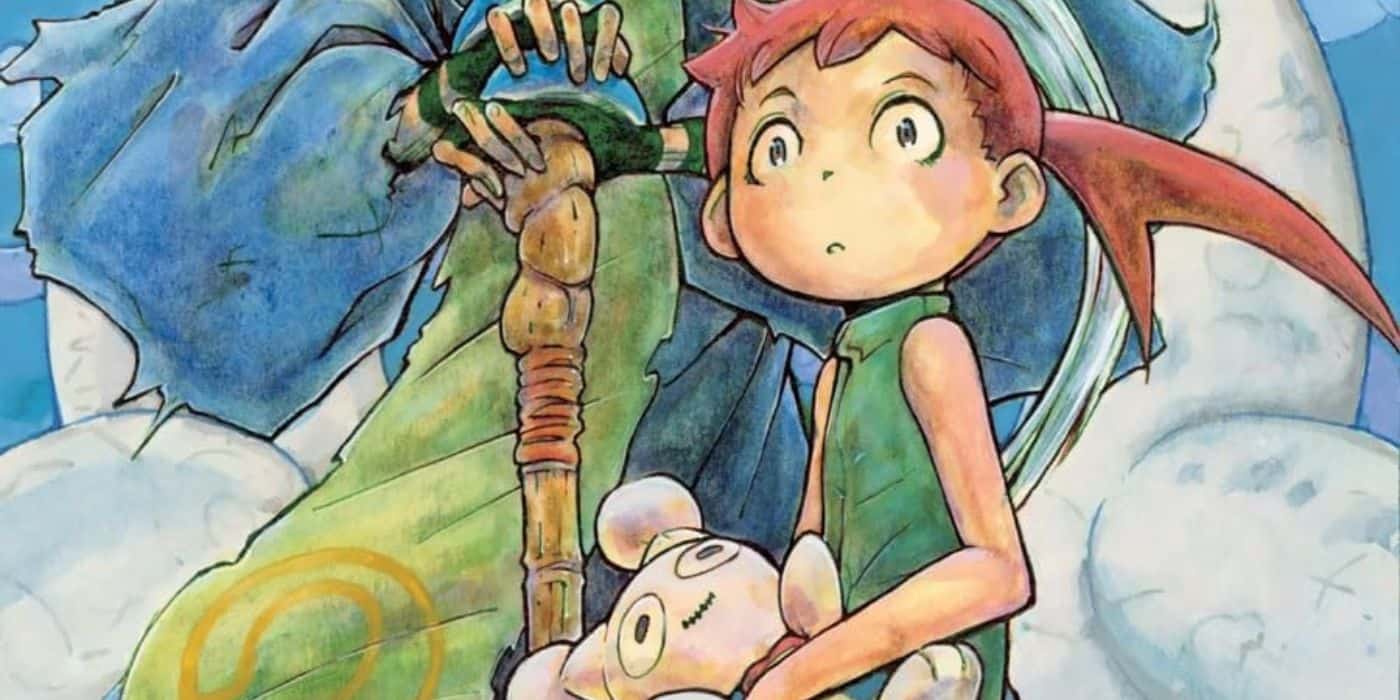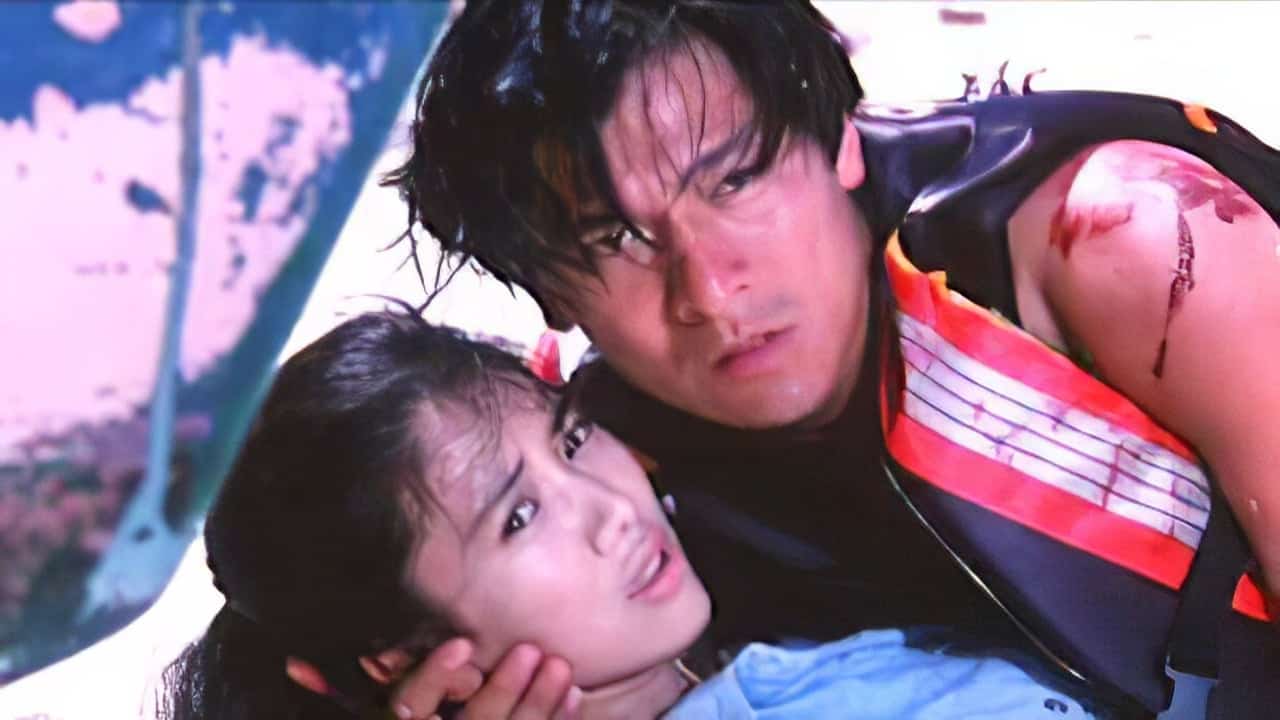Although the role of Yuki Kashima, better known under her nickname “Lady Snowblood”, is one of Meiko Kaji's trademark characters and perhaps has become increasingly more relevant within global pop culture, initially director Toshiya Fujita had doubts about Kaji, perhaps refusing to act as the titular character in his next project. However, Kaji, having worked with the filmmaker on the “Stray Cat Rock”-series, was quite eager to collaborate with Fujita on what was quite a risky project for both of them, given its period setting during the Meji era in Japan. In the end, “Lady Snowblood” would mark another milestone in the career of the actress, and even inspired the likes of Quentin Tarantino, to name the most prominent examples, with the finale of “Kill Bill, Vol. I” being the most direct homage to Fujita's film and Kaji's performance. Considering its status as exploitation cinema and its influence on pop culture, it is often forgotten just how interesting and thought-provoking “Lady Snowblood” is as a “heightened” period drama whose portrayal of an era of militarization and aggressive progress resulted in a drastic change for the country.
Buy This Title
Born as a “child of the netherworld”, Yuki Kashima (Meiko Kaji), known only as the assassin “Lady Snowblood”, is set on revenge and finding those responsible for the fate of her mother as well as the death of the rest of her family. At the age of twenty, in 1884, she has traveled the Japanese countryside in search for those men and women, aided by a man named Matsuemon (Hitoshi Takagi), whose underground organization had employed Yuki's services as assassin in the past and in return provides her with the necessary information to find her targets. Eventually, she manages to track down and kill one of her mother's rapists, a former war profiteer who lived a life defined by alcoholism and solitude.
However, as she also manages to find another one of the criminals responsible for the tragic fate of her parents and her brother, she also becomes the target for an organization handling the opium trade, among other things, with Europe and other parts of the world. As an acquaintance of hers, a young writer named Ryurei Ashio (Toshio Kurosawa), his readers get to know the sad and brutal story of “Lady Snowblood”, which may be the key to finally track down the remaining people Yuki wants to kill.
Even though the exploitation genre may not be as respected in comparison to mainstream or arthouse period pieces, a closer look at features such as “Lady Snowblood” may change this perspective. While there is no question about the reliance on gore and sex in the genre, its vision on the society and therefore the period is quite interesting, offering insight into a time defined by moral decline, violence and a growing social gap. In that context “Lady Snowblood” shares quite a few similarities with the “Zatoichi”-series or the “Lone Wolf and Cub”-films due to their depiction of the social underclasses in Japan, or more precisely how farmers and workers and especially women and children became the target for abuse, ignorance and neglect. Within the course of the first “Lady Snowblood” director Fujita and Norio Osada, who wrote the script, explore the drastic gap between the world of the wealthy and the poor, with the final scene in the ballroom highlighting a certain decadence in the face of the kind of misery and suffering we have seen earlier.
In that regard the figure of the female assassin, played by Meiko Kaji, works as a symbol for the repressed. Similar to Nami Matsushima in the “Female Prisoner Scorpion”-series, Yuki also is never “only” an assassin, but a blend of the coldness of the killer and the compassion of a woman, able to take pity on those who most deserve it. Kaji's performance, her beauty and most of all her eyes, frequently captured in close-ups or medium shots, emphasize these extremes in her character, the deeply felt love on the one hand and the fiery hate on the other. These extreme emotions are also present in the soundtrack of the movie, above all the iconic theme song, performed by Kaji herself.
In the end, “Lady Snowblood” is a great example of the value within the exploitation genre, as a means to show an extreme and “heightened” view on a period and consequently pointing at its flaws and shortcomings. It is a feature which strongly depends on its magnificent lead actress whose performance rightfully deserves praise and is one of the main reasons this feature along with its sequel remain relevant.
















